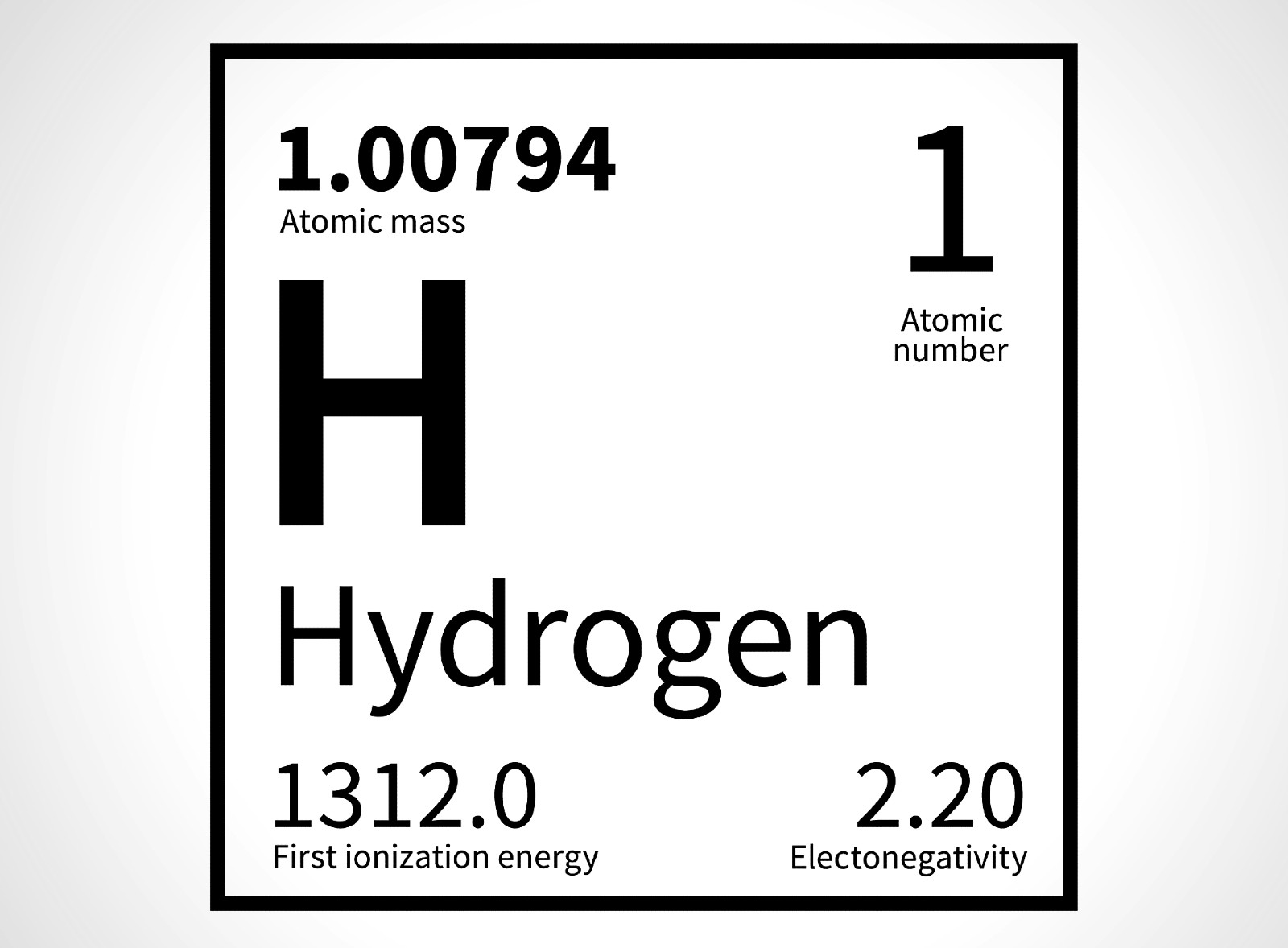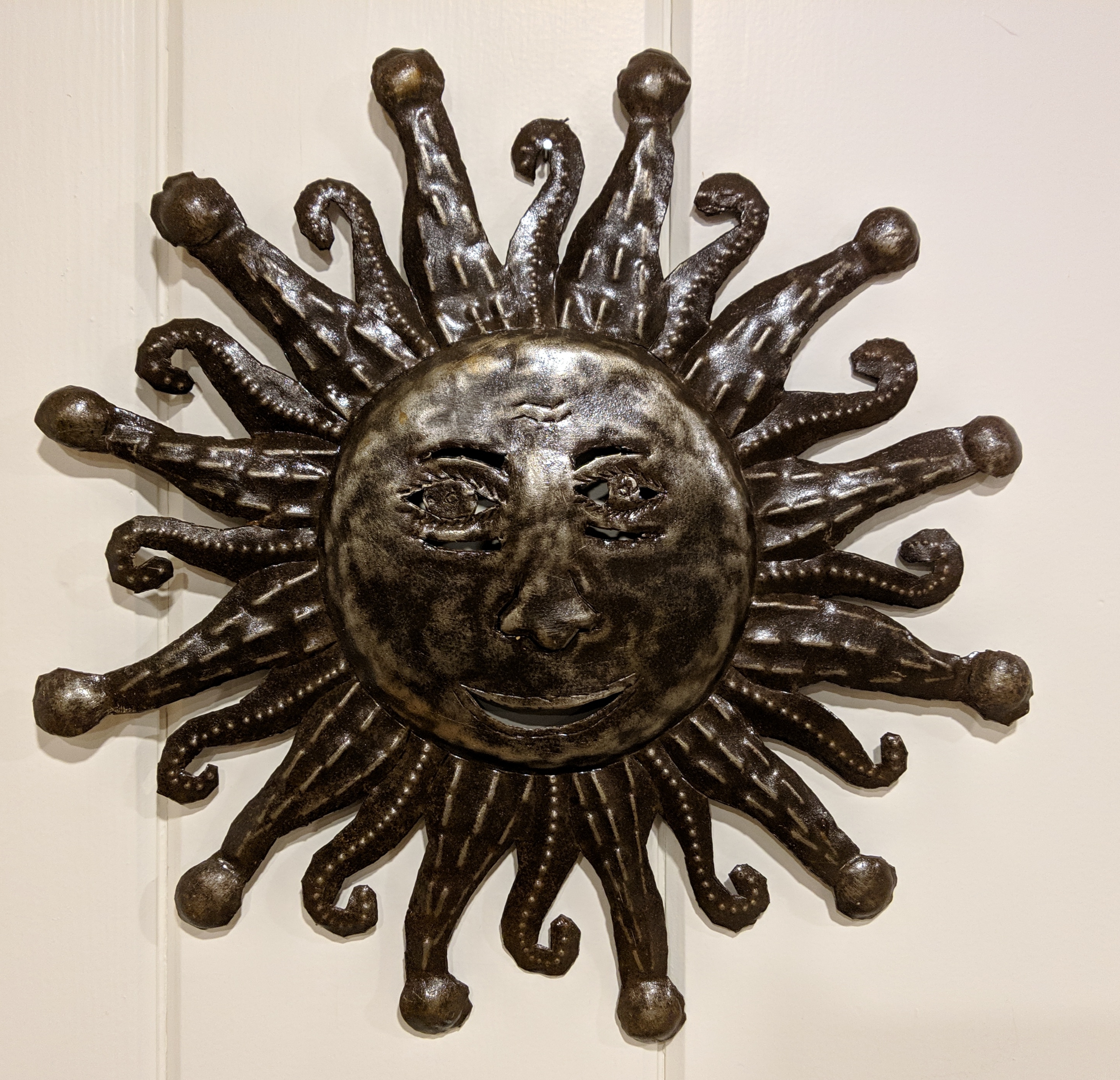Smartphones are in such a sorry state that a single hardware button seems like a big deal.
It is a good concept tbh. I even miss the physical ringer switch when Im on Android (unless it’s a OnePlus)
RIP onepluses alert slider, loved it
The slider was probably the feature that I liked least about my OnePlus phones, and it was actually a factor in me deciding to not get a OnePlus phone again. Unlike the iPhone switch, which had an action that was perpendicular to the direction that my phone was moving when putting it into my pocket, the OnePlus phone’s slider was parallel to that movement. So the slider would change positions every time my phone would go into my pocket. I like my phone on vibrate 99.9% of the time, so I always needed it in the middle position, which was the hardest one to get it into. I always found myself wishing I could disable that feature, but I never found a way to.
So many people in this thread saying “who cares it’s just a button” without having any idea what it actually does.
Want the mute switch behavior? Well that’s the default thing the button does and you can use it without looking at it.
Want to program the button to do like literally anything? You can do that. For example:
- Launch the camera app, or any other app
- Control your smart home accessories
- Toggle Do Not Disturb, or another focus mode
- Run a command on a remote server via ssh
- Start recording audio in case you’re around cops doing cop stuff
- Or anything else you can program in with a Shortcut
My Samsung Galaxy S10 has already: The bixby button which opens my calendar (no root necessary) The powerbutton pressed twice: opens the camera. The volume down button: takes a picture.
iPhone once more is just missing options and settings
Any time I’ve switched to android over the years that little switch is one of the biggest, yet smallest features on the iPhone that I end up really missing. It is so convenient, and now that it’s reprogrammable with different taps it will be even better.
It will be the think I probably miss the most when I eventually upgrade. The brilliance of the switch is that it is a switch - which means can be verified by feel or by sight to be in the silent position without needing to wake or even take you phone out of your pocket.
wdym, that switch isnt even out yet
Unpopular opinion, but phones these days don’t really need more buttons, but less. We have a huge touch screen after all, let’s take better advantage of it!
- “Action button” - Android phones have had a long press of power button be the assistant button since Android 12, just set your “assistant” as whatever action you want (e.g. with Tasker).
- Sleep/wake button - can be the power button for now, but also don’t forget double-tap on the home screen/lock screen/status bar.
- Power off/on - virtual button since Android 12, physical button for turning on. In case of emergency, I guess hold down for longer or do something like triple-tap.
- Volume keys - every video app should use onscreen gestures, same could be applied for music. In other contexts, statusbar or side swiping gesture could suffice, plus a notification shade slider like some OEMs already provide.
Yeah, nothing is preventing the same device from having a big touchscreen and a bunch of buttons at the same time.
On the other hand, buttons give tactile feedback that a screen will never, ever, ever give.
!remindme 25 years






